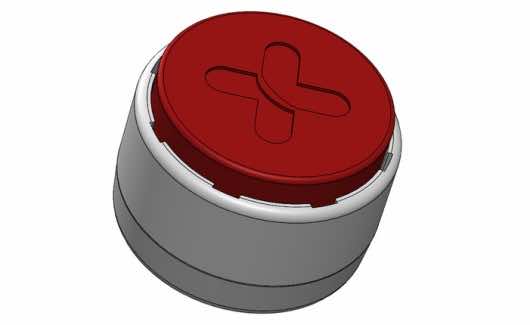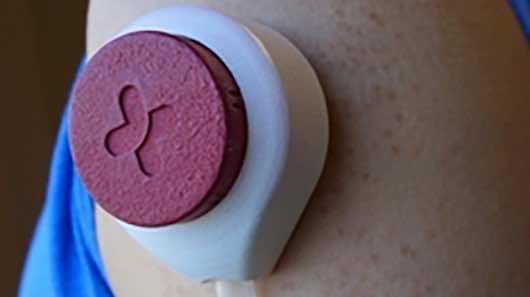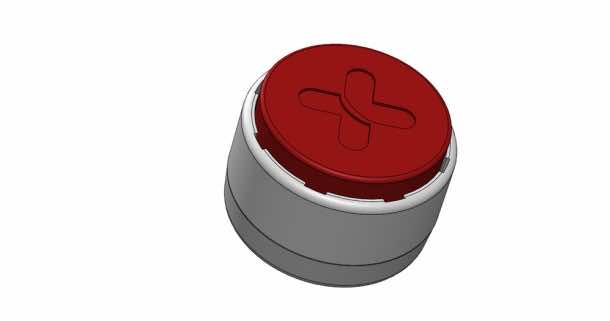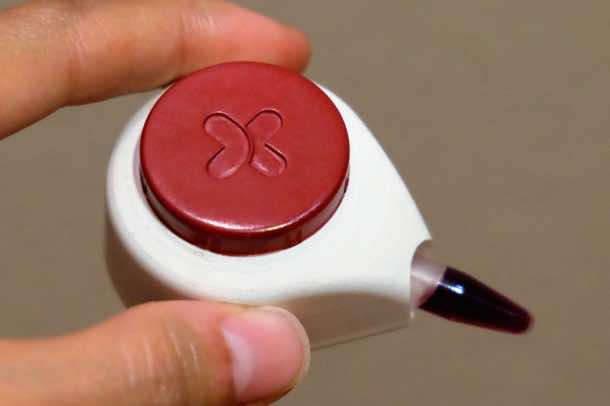We need to take a blood sample. And there it comes, that feeling of falling down. Blood sample? My blood sample? But why? Can’t we work our way around it? This is the kind of response most of us go through when the doctor tells us that a blood sample is required. Why? Because of that little needle they stick into you for sucking blood. Tasso Inc. is based in US and has come up with a device that will prove to be a feasible alternative to needles for taking blood samples.

The device has been named as HemoLink blood sampler and can be used by the patient at home as well. The working is quite simple; you need to place it against the skin of your arm or abdomen for a total of 2 minutes to let it perform the job magically without sticking any needles in you. The foundation of HemoLink goes back to the Tasso founders’ research that concerned microfluids at the University of Wisconsin-Madison. It was then that researchers noticed circulating tumor cells, immune cells and laid the foundations of Tasso Inc. The company has received a fund worth $3 million from DARPA.
The gadget has been designed in a way that it is highly economical and disposable. It has been created from 6 injection-molded plastic parts. It sports a vacuum inside that allows for the sample of blood to be drawn via tiny open channels into a small tube via capillary action.
Ben Casavant, VP and Co-founder of Tasso Inc., said, “At these scales, surface tension dominates over gravity, and that keeps the blood in the channel no matter how you hold the device.” The gadget draws 0.15 cubic centimeters of blood that is considered enough for carrying out testing of infections, cancer cells, blood sugar and cholesterol. Afterwards it is mailed to a lab for analysis. The company has stated that it is targeting those folks who require blood sample to be taken regularly but not constantly. Casavant said, “We see our specialty as people who need to test semi-frequently, or infrequently, to monitor cancer or chronic infectious diseases, for example.”
The company will be spending DARPA’s funding towards enhancing how they preserve the blood. The idea is to reach a point where blood can be stabilized for a week’s survival at temperature of 60° C thus removing the requirement of expensive cold-chain transportation.
The company will be applying for FDA approval closer to end of this year and will hopefully launch the device in market by 2016. Fingers crossed for how things turn out for HemoLink.


